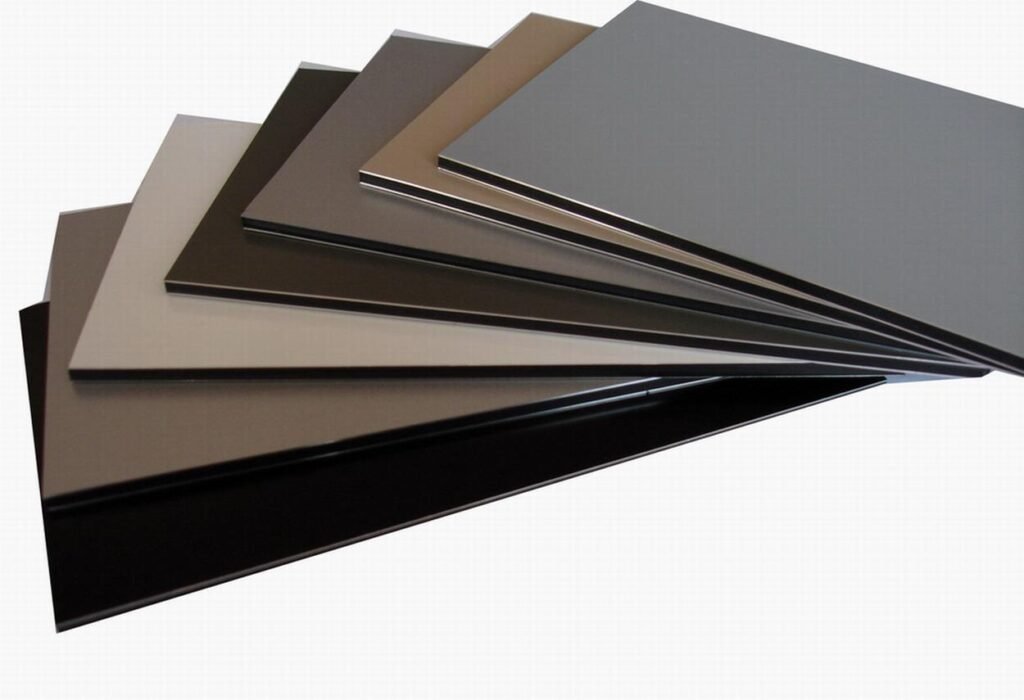Low expansion composites are advanced materials engineered to have minimal thermal expansion when subjected to changes in temperature. These composites are designed to maintain their size, shape, and mechanical properties, even under extreme temperature variations. The ability of these materials to resist expansion and contraction makes them highly valuable in industries where precision and stability are critical, such as aerospace, electronics, and optics.
What Are Low Expansion Composites?
Low expansion composites are materials made by combining fibers, resins, or metals with specific properties to achieve minimal thermal expansion. These composites are typically designed to withstand temperature fluctuations without significantly expanding or contracting. The fibers used in these composites, such as carbon or glass fibers, are often chosen for their low thermal expansion properties, while the resin matrix provides structural integrity and bonding.
The coefficient of thermal expansion (CTE) is the key measure for these materials. CTE indicates how much a material expands when heated.
How Do Low Expansion Composites Work?
The core principle behind low expansion composites lies in the combination of materials with differing thermal properties. Typically, the fibers used in the composite have a low CTE, while the resin matrix provides structural support. By carefully selecting and aligning the fibers, manufacturers can control the overall thermal behavior of the composite.
Advantages
Low Expansion Composite offer several advantages across industries where thermal stability and precision are critical. Here are some of the key benefits:
1. Dimensional Stability
The primary advantage of low expansion composites is their dimensional stability. Unlike traditional materials like metals, which expand and contract significantly with temperature changes, low expansion maintain their shape and size. This is crucial in industries like aerospace, where materials must withstand extreme temperature shifts without warping or deforming.
2. Lightweight Properties
Low expansion are often much lighter than traditional materials like steel or aluminum. This lightweight nature is especially beneficial in applications where weight reduction is critical, such as in aerospace and automotive industries. Reducing weight can improve fuel efficiency, enhance performance, and lower operational costs.
3. High Strength-to-Weight Ratio
Another major benefit of low expansion is their high strength-to-weight ratio. These materials offer excellent mechanical properties, allowing them to withstand significant stress without losing their structural integrity. This is particularly important in industries where components are exposed to high loads or extreme environmental conditions.
4. Corrosion Resistance
Low Expansion Composite are highly resistant to corrosion, making them suitable for use in harsh environments. Unlike metals, which can rust or corrode when exposed to moisture or chemicals, composites are more durable and can maintain their performance over time without significant degradation.
This property is especially beneficial in marine, aerospace, and industrial applications where exposure to harsh chemicals or saltwater is common.
5. Thermal Shock Resistance
Thermal shock occurs when materials experience rapid temperature changes, causing expansion and contraction. Traditional materials like metals can crack or break under thermal shock. Low composites expansion, with their ability to resist thermal expansion, offer excellent resistance to thermal shock.
This property is particularly valuable in high-temperature applications, such as in space exploration or electronics, where sudden changes in temperature are common.
6. Improved Precision in Electronics and Optics
In fields such as electronics and optics, even the smallest thermal expansion can affect the performance of devices. For example, in optical instruments, slight changes in the dimensions of lenses or mirrors due to temperature changes can result in distorted images or inaccurate measurements.
Low composites expansion are used in these industries to maintain precise alignment and stability. Their minimal thermal expansion ensures that components remain accurate and perform consistently, even when exposed to varying temperatures.
7. Customization and Versatility
Low expansion composites can be tailored to specific applications by adjusting the fiber and matrix materials. This allows manufacturers to create composites with customized properties, such as varying levels of thermal expansion, strength, or weight.
8. Reduced Maintenance and Longer Lifespan
Because low expansion composites resist deformation, corrosion, and thermal shock, they tend to last longer than traditional materials. Components made from these composites require less maintenance, reducing downtime and operational costs over time. The extended lifespan of these materials makes them a cost-effective solution for industries that rely on long-term performance and reliability.
Conclusion
Low Expansion Composite offer a wide range of advantages, making them essential in industries that demand high precision, thermal stability, and strength. Their ability to maintain dimensional stability under extreme conditions, combined with their lightweight and corrosion-resistant properties, makes them ideal for use in aerospace, electronics, and other high-performance applications. Thank visiting tigerworks.org



More Stories
Tax Benefits of Using Virtual Offices
What Are Industrial Cable Glands and How Do They Work?
Benefits of Reviewing PTE Mock Test Results